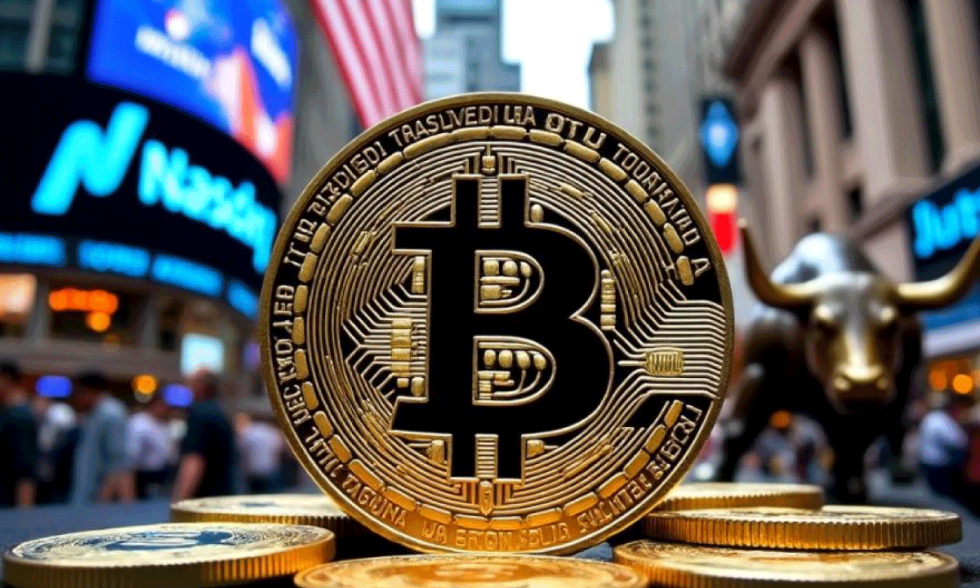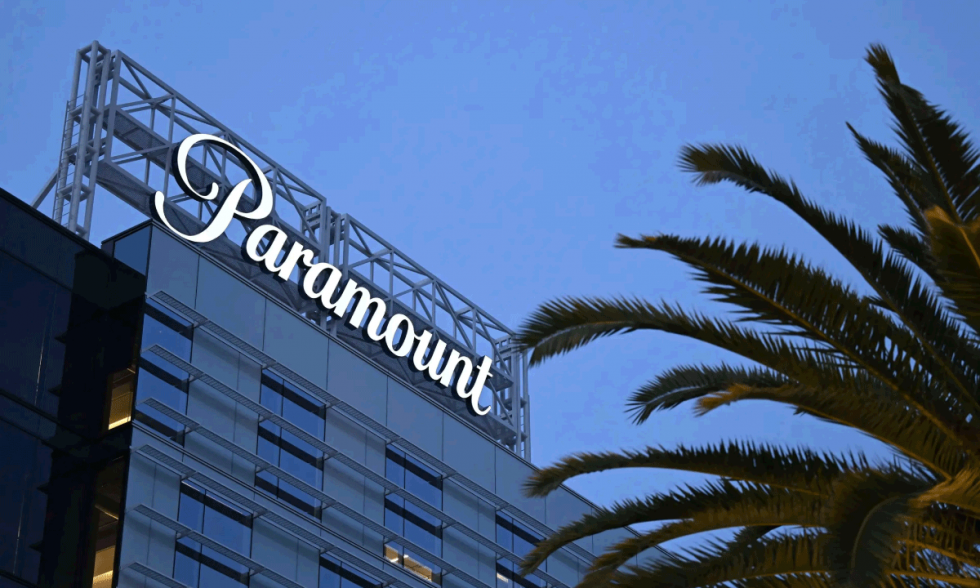Retail Giants Compete in July 2025: The Battle Beyond Amazon Prime Day
July has traditionally been a month for summer sales, but in 2025 it has evolved into a critical battleground for retail giants. Amazon’s Prime Day, an event initially created in 2015 as a celebration of its 20th anniversary, has since grown into one of the largest online shopping phenomena worldwide. In 2025, the event will run for an unprecedented four days—from July 8th to July 11th—offering millions of deals across over 35 product categories.
This expansion reflects Amazon’s effort to maximize sales mid-year and engage its Prime members with early access and exclusive discounts. However, this growing influence has not gone unnoticed. Competitors such as Walmart, Target, and Best Buy have responded with their own promotions aimed at capturing consumer attention during this critical sales window.
Walmart is launching its deals event from July 8th through the 13th, with early access for Walmart+ members starting on July 7th. Significantly, Walmart’s offers will be available both in stores and online simultaneously—a first for the retailer. This dual approach caters to the diverse shopping preferences of today’s consumers, providing flexibility and convenience whether customers prefer physical locations or digital platforms.
Similarly, Target’s Circle Week, returning from July 6th to 12th, will offer early access to Target Circle 360 members starting July 5th. Target’s strategy places a heavy emphasis on back-to-school essentials such as school supplies and electronics. This focus aligns with the timing of the sales event, as families prepare for the upcoming academic year and look for savings on necessary products.
Best Buy also joins the fray with its “Black Friday in July” sale, scheduled from July 7th to 13th. This event has become one of Best Buy’s biggest summer sales and reflects the retailer’s intent to capitalize on the heightened consumer spending typical of the Prime Day period.
One key element driving these overlapping sales campaigns is the return-to-school season. This time of year generates significant consumer demand for items ranging from backpacks and stationery to laptops and tech gadgets. Retailers are keen to position themselves as the go-to destinations for families seeking value and convenience ahead of the school year.
Rick Gomez, Target’s Chief Commercial Officer, highlighted the importance of this period in an interview with DallasNews. He emphasized Target’s commitment to maintaining competitive prices on essential back-to-school items while offering style, quality, and value that resonate with consumers. This targeted approach not only attracts shoppers but also builds brand loyalty through meeting specific seasonal needs.
The extension and overlap of these sales events represent a strategic shift in the retail landscape. The mid-year sales season, once dominated by Amazon Prime Day, is now a fiercely contested period that demands innovation in marketing, pricing, and customer engagement.
Retailers’ willingness to offer early access to members also underscores the growing importance of loyalty programs and subscription services in driving sales. Both Amazon Prime and Walmart+ leverage these programs to reward and retain customers, creating an ecosystem where shoppers feel incentivized to engage more deeply with the brand.
Furthermore, the combination of online and in-store offerings reflects an omnichannel retail strategy that acknowledges evolving consumer behaviors. Shoppers increasingly expect seamless experiences whether browsing digitally or physically, and retailers who can integrate these channels effectively stand to gain a competitive edge.
Looking ahead, the success of these campaigns in July 2025 may influence how retailers approach other key sales periods throughout the year, such as Black Friday and Cyber Monday. The heightened competition could spur further innovation in deal structures, personalized marketing, and the use of technology to enhance the shopping experience.
In conclusion, July 2025 is not just another month for summer sales—it is a pivotal moment in the evolution of retail competition. Amazon’s extended Prime Day has sparked a response from major players like Walmart, Target, and Best Buy, each aiming to capture their share of consumer spending. By focusing on back-to-school products, offering early access to loyal customers, and embracing omnichannel strategies, these retailers are redefining the mid-year sales landscape.
Consumers stand to benefit from this intensified competition through greater choice, better pricing, and enhanced shopping experiences. Meanwhile, retailers must continue to innovate and adapt to maintain relevance in an increasingly dynamic market.
Fuente: Marca América
Related Articles
Todos los derechos reservados




Comentarios